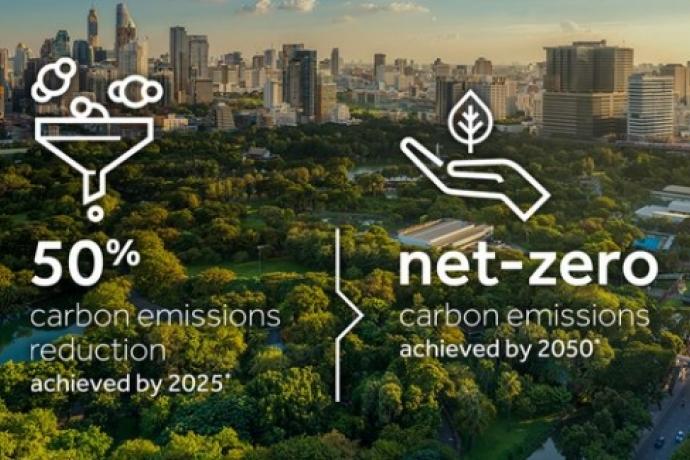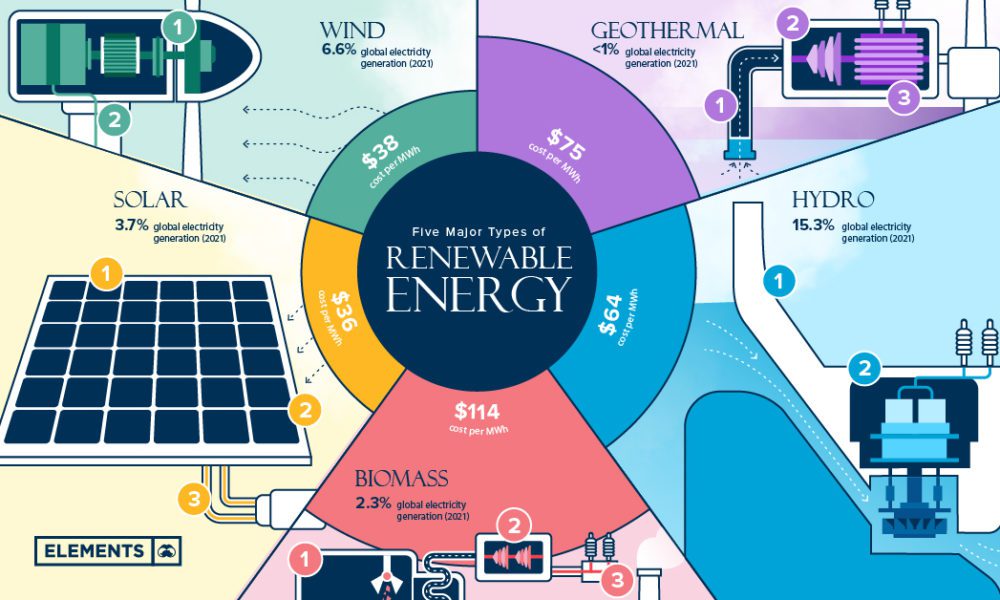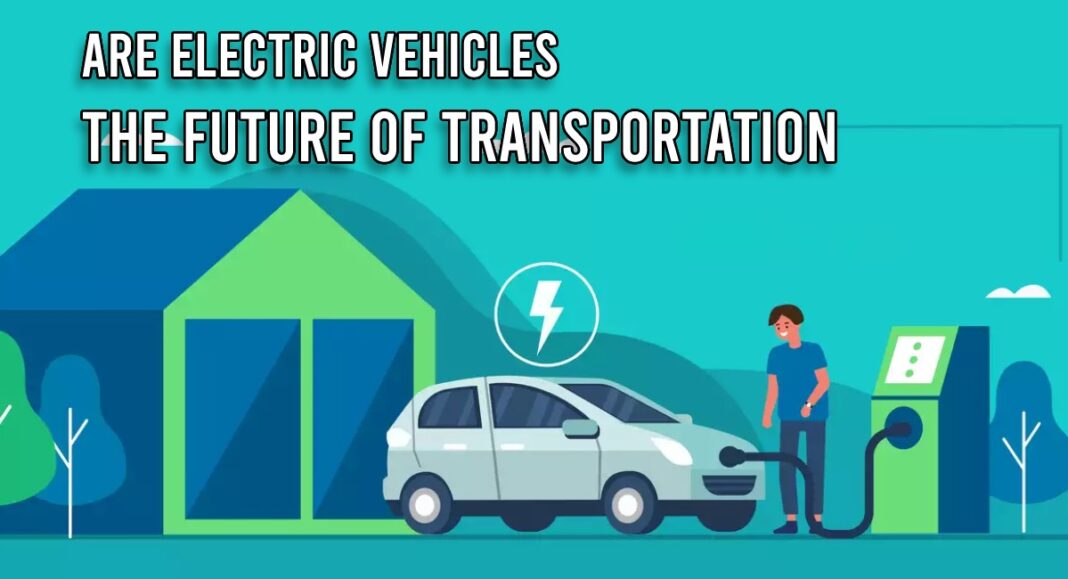Introduction
Electric vehicles are necessary. In order to keep the planet’s temperature from rising too much, the International Energy Agency (IEA) predicts that carbon emissions worldwide will have to drop to zero by the year 2050. To accomplish this objective, businesses may take action by converting to energy sources that use renewable resources and using technology that collects carbon.

According to the findings of our Supertrends report, governments and businesses will increase their efforts to introduce new technologies in the near future. Some examples of these efforts include the utilization of environmentally friendly construction materials in infrastructure projects and the use of electric vehicles for transportation.
Electric vehicles the path to sustainable transport
The transportation industry is a substantial contributor to worldwide emissions of greenhouse gases due to the fact that it is a huge user of fossil fuels. The infrastructure for energy transition, transportation, and communications is likely to receive an increase in funding from national governments in both the United States and Europe.
For example, traditional building materials are being phased out in favour of new types of cement and concrete that are both renewable and sustainable and also help to soak up carbon emissions.

In addition to this, the use of electric vehicles (EVs) is becoming more widespread. We forecast that by the year 2030, electric vehicles will account for 45 percent of the total yearly sales of cars worldwide.
How green are electric vehicles?
The kind of power source that an electric vehicle employs is one of the components that defines how environmentally friendly it is. Vehicles powered by internal combustion engines use fossil fuels and release a significant number of pollutants that contribute to global warming.
On the other hand, electric vehicles (EVs) may get their power from renewable energy sources and use lithium-ion batteries that can be recharged. Because of this, their carbon footprint will be smaller over the course of their lifetime.
In order for an electric vehicle (EV) to have less impact on the environment caused by carbon emissions, the renewable energy source used to power the vehicle is not the only thing that counts.
Both the raw materials used in the manufacturing of cars and the raw materials utilized in the production of batteries are essential. The majority of the automotive industry is making significant strides toward the goal of transitioning to all-electric vehicles within the current or next decade.
This has a direct negative impact on the supply chains for semiconductors, batteries, lithium, nickel, graphite, cathode, and separators.
The total number of electric cars sold around the globe reached 6.7 million in 2021, with 4.8 million of them being battery electric vehicles (BEVs) and 1.9 million being plug-in hybrid electric vehicles (PHEVs).
The increasing popularity of electric vehicles will drive the need for charging stations in the near future. According to projections made by Bloomberg New Energy Finance (BNEF), there will be a need for around 300 million charging stations worldwide by the year 2040.
Renewable energy for electricity generation
Every stage of the manufacture, manufacturing, and usage of electric vehicles (EVs) involves the use of electricity in some capacity. To lower emissions, they must come from sustainable, renewable sources.

The International Energy Agency (IEA) estimates that the demand for power throughout the world increased by 6% in 2021.
Even though there has been an increase in energy production from renewable and ecologically friendly sources, there has also been an increase in output from coal-fired power plants.
Net Zero Emissions by 2050
The so-called “Net Zero Emissions by 2050” scenario (NZE) proposed by the IEA calls for considerably quicker electrification of all industrial sectors. The organization anticipates that the demand for energy will more than quadruple by the year 2040.

The European Union has suggested a new green labeling system in order to assist in guiding private investment in activities that would help achieve climate neutrality over the course of the next three decades.
The plan, which must be approved by the European Parliament and Council, would classify nuclear energy and natural gas as transitional fuels on January 1, 2023. The labelling system recognises “green” natural gas and sets standards for future gas power facilities.
This will have repercussions for new investments in both types of energy sources all across the world. However, in order to create more nuclear power, it will take a number of years because of the length of time necessary to both get permission and build new nuclear power facilities.
Furthermore, renewable energy sources such as wind and solar power are still sources of electricity that have a lower degree of dependability. As a direct consequence of these obstacles, the power generating industry will come to rely largely on gas as the primary source of fuel throughout the course of the next decade.
Muhammad Saad is a Freelance Article, Blog, and Copywriter. He provides his services on Fiverr under the username @saadiqbal599.







